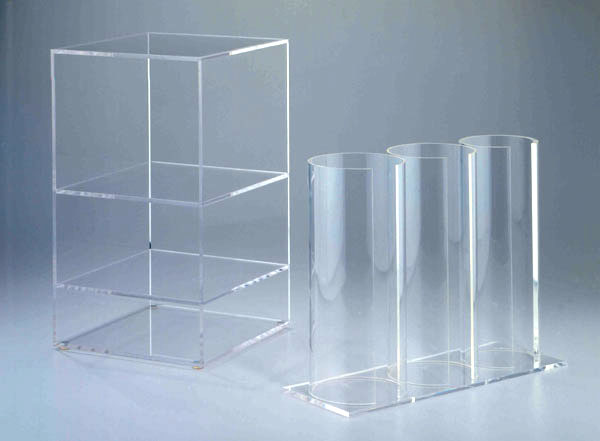There are various plastic fabrication processes to select from, and you will find wide ranges associated with flexibility of shape, startup expenses, costs for each component, finish time, and the scope of production the technique permits. Widely used techniques include CNC (computer numerical control) machining and vacuum formation, both of which serve alternative design and style and manufacturing needs. CNC, for instance, has a moderate level of flexibility when it comes to the form, a completion period of less than a day, a moderate startup cost, high cost of individual components, and accommodates large scale manufacturing. Vacuum formation, however, features a restricted flexibility of shape, best suited for developing basic forms, and can have a finish time of up to one month. Furthermore, because there’s a diverse range of CNC machines, from basic desktop equipment, to far more advanced machines, the startup cost varies from low to high, and the price per component and the completion time are significantly diverse, and determined by the sophistication of the machine.
CNC Machining
CNC machining is a computer controlled subtractive approach, which removes material from plastic as a way to generate the chosen form. The computer is high-tech, with the ability to convert a design into numbers using a computer assisted design computer software system. The figures are then competent to manipulate the equipment to cut the required form. To operate, the machines need an intermediate step in the creation and validation of tool paths. As soon as the machine receives the tool paths, the subtractive procedure is initiated. Once the construction is finished, the component part is cleansed, smoothed, and cut.
For lower quantity plastic component part applications that demand tight tolerances and forms that are tough to shape, machining is suitable. CNC machining has the benefit of minimal to moderate initial expenses, and can also manufacture top quality plastic components with short finishing times. On the other hand, with an increase of product intricacy, the price per component increases. In addition, the method requires tool access considerations, and particular designs, for instance those with rounded inner channels, are near-impossible to form using CNC manufacturing.
Vacuum Formation
Vacuum formation is a method through which plastic is heated up and moulded, normally working with a mould. The enormity and complexity of vacuum-forming machines cover anything from cheap desktop devices to innovative production machinery. You’ll find 1,000’s of sites with help and advice on the topic of ‘snap acrylic frames’ this could be possibly one of the best ones www.display-warehouse.co.uk
It is often suitable for any project, from tailor-made designs to large-scale fabrication, taking into consideration the large choice of equipment available and that automation is an option if required. Nevertheless, there’s little versatility in the different kinds of design it can produce, and is also unfortunately only competent to produce parts with simple geometries. In comparison with other methods, tooling prices are low, since vacuum formation only requires minimal forces and pressures. Typically, for smaller manufacturing sizes the moulds are made of Three-dimensional printed resin, or possibly plaster, and then for greater production sizes more robust equipment composed of metal is used.
The production method commences with a sheet of plastic material getting clamped and heated up up until the plastic becomes mouldable. The plastic is then placed into the mould and cooled down, and quite often fans as well as other cooling methods are integrated in order to accelerate the cooling process. The final stage entails any surplus plastic being removed.

